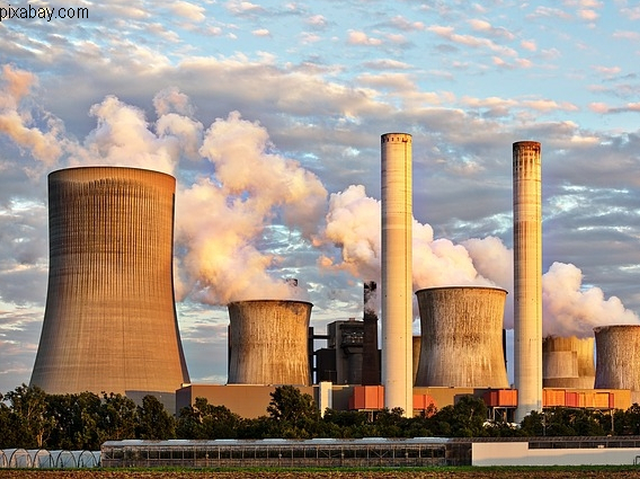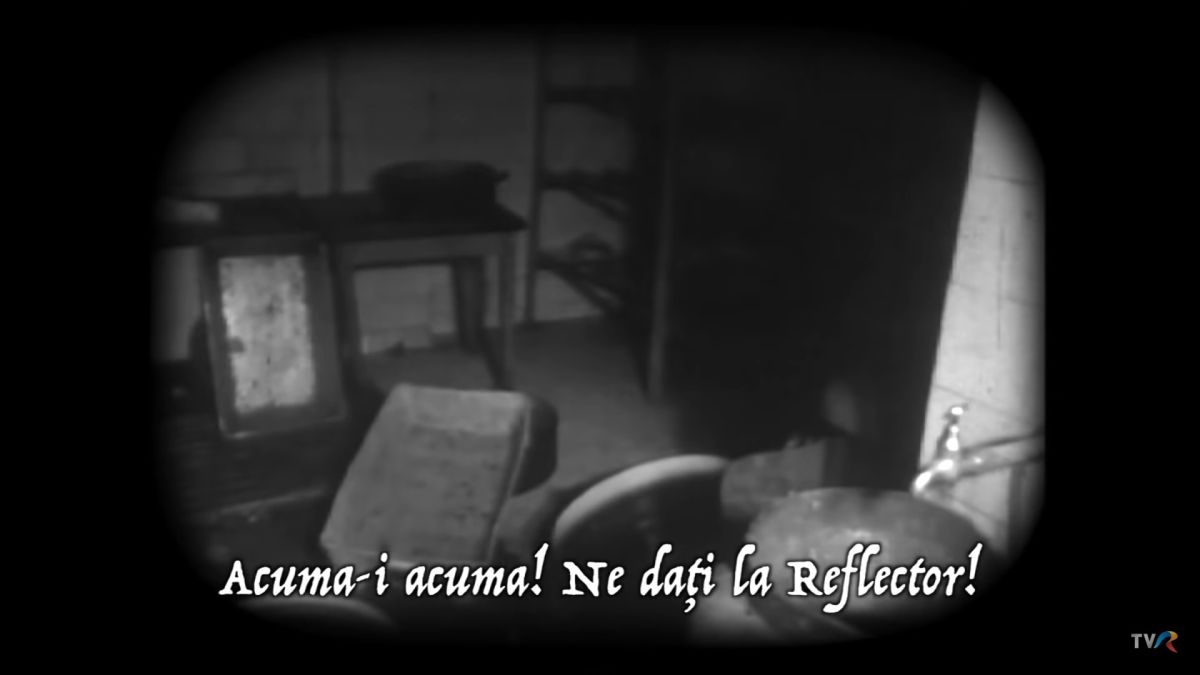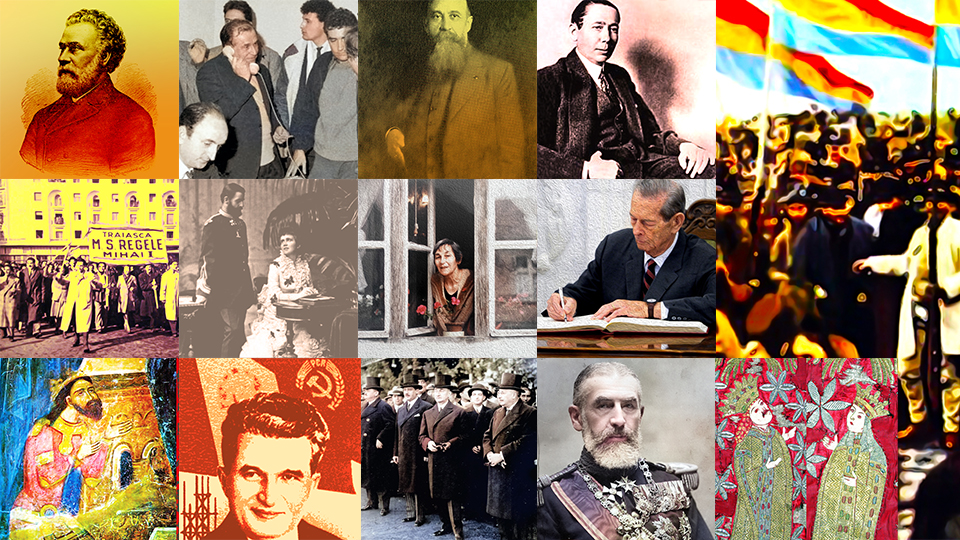The history of electricity production in Romania
Electricity production began in Romania in the second part of the 19th century.
Warning: Trying to access array offset on null in /home/web/rri.ro/public/wp-content/themes/rri/template-parts/content.php on line 53

Warning: Trying to access array offset on null in /home/web/rri.ro/public/wp-content/themes/rri/template-parts/content.php on line 98
Steliu Lambru,
01.08.2022, 14:02
An extremely topical subject today, electricity is indispensable to everyday life. Its production, however, has generated lots of questions and controversy, with alternative technologies being promoted increasingly in recent decades in order to protect the environment. Energy production in Romania also went through all stages of modern technology, from fuel oil and gas plants to coal plants and from hydro- to nuclear power plants.
In the last 140 years Romania has built technological facilities to meet electricity demands from the economic sector and household consumers. The expansion of the electricity network throughout the countrys territory was a priority of every political regime because this was not something that private entities would be able to achieve. Thermal and hydro-power plants date from the later part of the 19th century. The first electrical power plant was built in Bucharest in 1882 and used to run on gas. Two years later, the first hydro-power plant was built at Peleș, one year after the inauguration of the royal castle, to supply the kings residence with electricity. Since then, the network of thermal and hydro power plants has expanded constantly.
After 1945 and the installation of the communist regime, plans were set in motion to bring electricity to the whole of Romania. In 1950 began the construction of Europes fourth dam, in Bicaz, in northern Romania, on Bistrița river. After ten years of great efforts, the plant became operational in 1960. At the end of the 1960s, electricity produced by hydro-power plants accounted for just 1% of the entire supply in Romania, but grew to 12% by the mid-1970s as a result of an intense energy policy.
Maxim Berghianu used to be the president of the State Planning Committee, the institution in charge of planning Romanias economy after the Marxist-Leninist model. He had the rank of minister and took part, in the mid-1960s, in the discussions about the investments that would be made in the construction of hydro-power plants. In 2002, he told Radio Romanias Oral History Centre that hydro-power was considered profitable in the long run:
“The hydroelectric potential began to be exploited. The initial investment is higher, but the electricity produced is very cheap. It does not require fuel. The costs take a longer time to be covered, but at less expense, for it does not involve much. Concreting, mainly. The only bigger costs are the machines, the turbines, the equipment and the transformers.”
In parallel, the Romanian state continued to use electricity produced by coal plants. The country had many surface and underground mines and building thermal power plants nearby was only reasonable, says Maxim Berghianu, a former head of the State Planning Committee during communism:
“There was a lot of discussion about calorific power and the transport of the coal to the power plants. This is why the plants were built near Rovinari, in Oltenia, at Işalniţa, not to have to transport all that coal. There were huge reserves and our plan was to produce enormous quantities, which would cut some of the costs. Excavations would be done on a daily basis, so there was no need to build mines, it was surface mining. The machinery was expensive, but then you didnt have to build the mines.”
The construction began of the big hydro-power plants known as the Iron Gates, as well as those on Argeș and Olt rivers. The most spectacular were those on the Danube, known as as the Iron Gates 1 and the Iron Gates 2. The first was built by Romania together with Yugoslavia, from 1964 to 1972. It is one of the biggest hydro-technical structures in Europe and the biggest on the Danube. Its construction involved, however, the loss of the old Romanian town of Orșova, which was flooded, as well as the submerging of the Danube island of Ada Kaleh. The Iron Gates 2 was also built together by Romania and Yugoslavia and went into operation in the mid-1980s.
At the beginning of the 1970s, Romania also began to be interested in the production of nuclear energy, but it wasnt until the early 1980s that the designs were ready for the construction of the atomic power plant in Cernavodă, a Danube town in Dobrodja. The plans provided for the construction of five nuclear reactors with French-Canadian technology.
Today, the plant in Cernavodă has two nuclear reactors in operation which together supply 20% of Romanias electricity demand. The first reactor was built between 1982 and 1996 and the second between 1983 and 2007. Two other reactors began to be built in 1984 and 1985, but they havent been finished yet. Works on the fifth reactor, whose construction began in 1987, has been suspended for the time being.






























